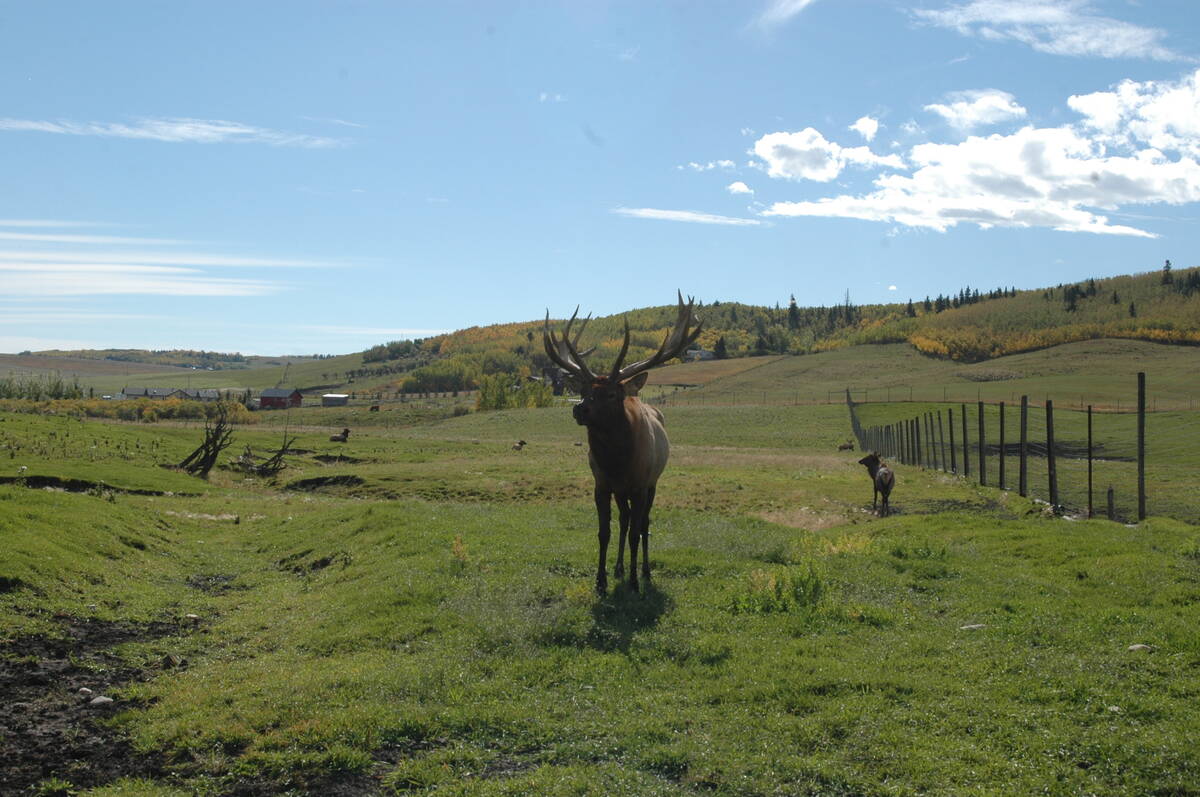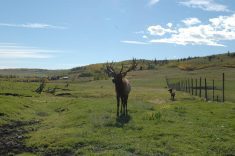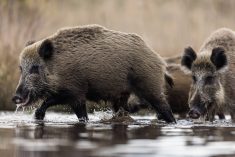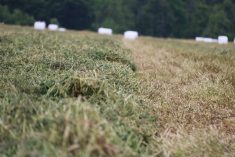SAN ANTONIO, Texas — Internet auctions, new genetic technology and global markets are changing life on the range.
Retiring Cattlefax manager and market
analyst Topper Thorpe took a futuristic look at pressures that are changing the beef industry. Some may not survive the changes.
“We now have more factors affecting cost and return that are outside our control than we have ever had,” Thorpe said at the National Cattlemen’s Beef Association convention in San Antonio.
The United States has changed from being a net importer of beef to a major exporter with plans for steady growth.
Read Also

Feds propose overhaul of chronic wasting disease control program
Chronic Wasting disease control program getting updated by Canadian Food Inspection Agency with feedback encouraged from producers.
“There are some tremendous advantages in being involved in global markets, but the bottom line is we then become susceptible to changes in government, changes in currency and changes within these countries that can affect us,” said Thorpe.
Cattle producers should learn risk management and understand grids, formulas and contract options, he said. Between 40 and 50 percent of American cattle are sold through some form of grid that pays for quality.
There will be more branded beef programs that specify quality and customer satisfaction.
Food safety concerns will heighten and new kinds of business relationships and alliances will form as competition increases for a limited cattle supply.
There are 800,000 cow-calf operators in the U.S. and 2,100 feedlots that sell mainly to four major beef processing companies.
Economic changes will force more consolidation, resulting in fewer cow-calf operations and feedlots.
“We’re looking at a small supply of feeder cattle and excess feeding and packing capacity,” said Thorpe.
“We’re going to see tremendous competition for those small supplies of feeder cattle simply because feedlots run more efficiently when they are full and packing houses are more efficient when they are at capacity,” he said.
While supplies of cattle are at a cyclical low, there may not be as great a need to expand the cow herd.
Cows are more productive every year and could add another 10 pounds of beef per animal because of improved feeding and management.
There were 1.5 million fewer feeders available this year in the U.S.. However, compared to 1975 when the average cow weaned 435 pounds of beef, the modern cow produces 625 lb., so more calves may not be needed.
Carcass weights have gone up six lb. a year every year for the last 30 years.
Last year was a record high for beef production at 26.8 billion lb. It was the sixth consecutive time that annual production exceeded 25 billion lb.
Dave Weaber of Cattlefax said overall cattle numbers are down by one percent from last year.
Inventory for all U.S. cattle and calves was 97.3 million as of Jan. 1. The 2000 calf crop totaled 38.6 million, down 280,000 from 1999. The calf crop in 1999 was the smallest since 1952.
And as the inventory declined, prices rallied.
The demand for beef has gone up for the last seven quarters.
Last year, $53 billion (US) worth of beef was sold to the American consumer. This was the first time consumer spending exceeded $50 billion.
More money in the marketplace will encourage people to start holding back heifers to deliver more calves.
“Expansion is going to take place, probably starting this fall as producers decide we need more cattle,” said Weaber.
The years from 1998 to 2000 were record heifer slaughter years.
To supplement the need for feeder calves, record numbers were imported from Mexico. In 2000, the U.S. imported 1.2 million feeder calves, up from 250,000 in 1999.
Overall, there were 1.5 million fewer feeders available this year.
On the slaughter side, there were improved values for hide and offal products as the Asian economy recovered, said Randy Blach.
Another change in the industry saw placement weights go down as younger, lighter cattle went on feed.
The high price of those calves drove down profits for finished cattle so many feedyards were operating at a loss until the end of 2000.
Overall, the sector managed to make about $10 per head, said Blach. He predicts cattle on feed numbers will continue to drop because there are fewer calves to go around.
He also anticipates steer carcass weights will go down.
“We’ll see weights decline by about 23 pounds from our earlier highs,” he said.
These figures have renewed optimism in the industry with predictions of profitability in all sectors.
Blach expects this year’s market to be similar or better than 2000 with prices holding for several years before the cycle turns down again.
Calf prices should be generally higher because there is excess grazing and feedlot capacity throughout North America.
Bred cow prices should improve by at least $100 as people start looking to rebuild herds.
However, the price of grain and hay may prevent some regions from expanding. Severe drought in Texas forced the sale of breeding cows, slowing its ability to expand in the last two years.











